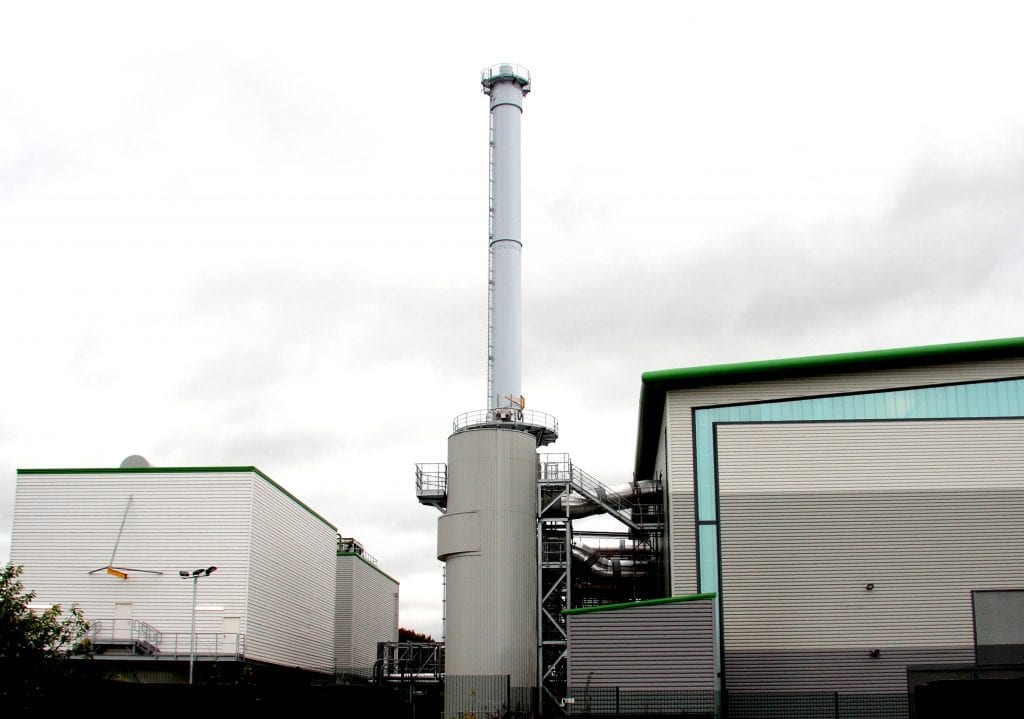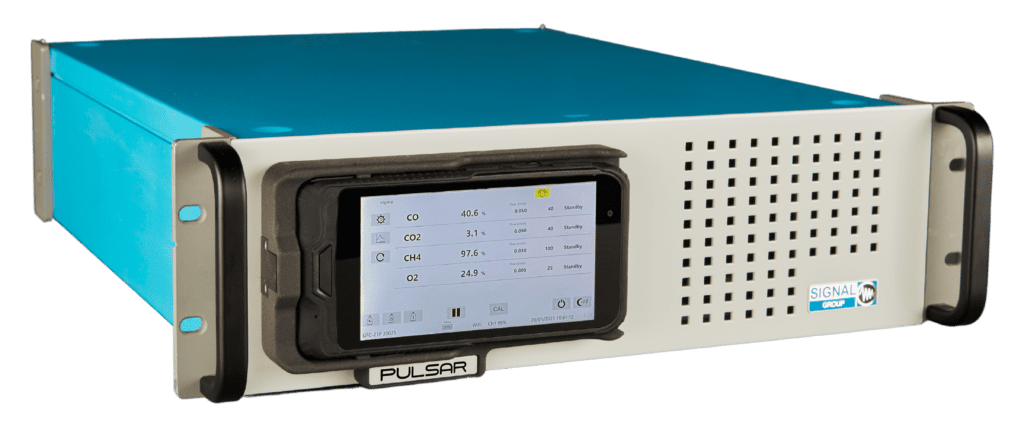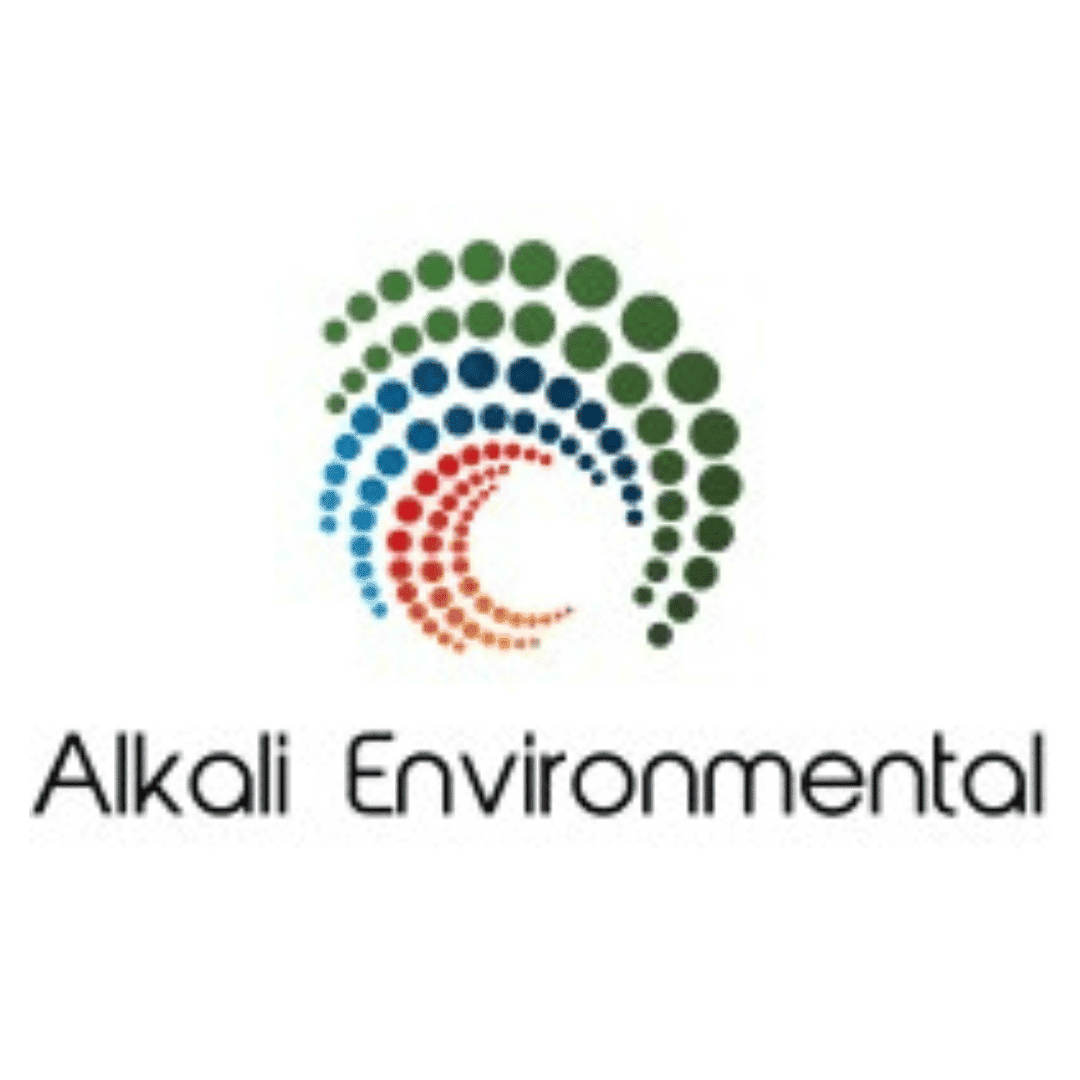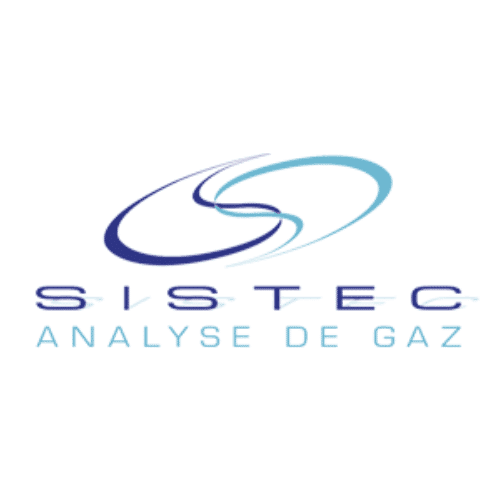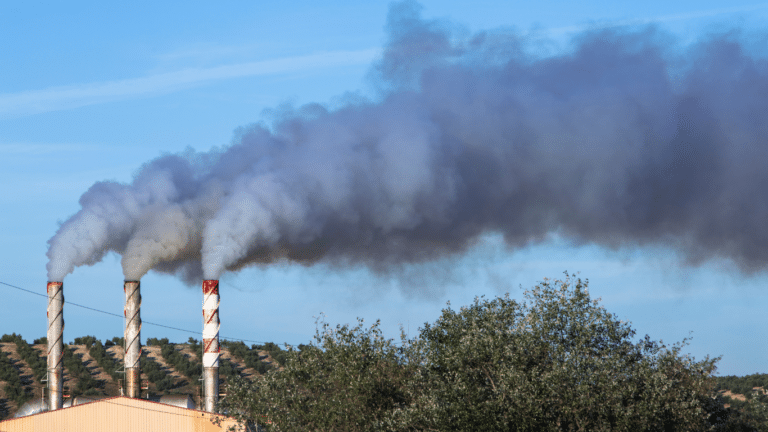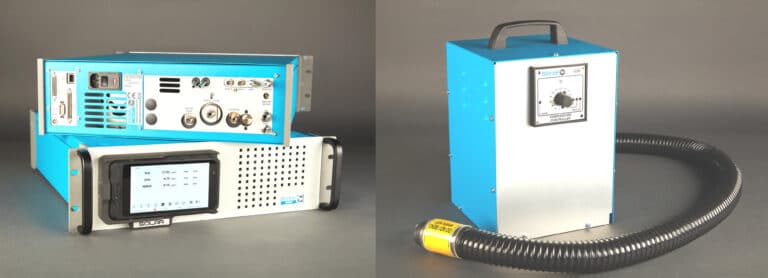Increasing political action on Climate Change is prompting a new requirement for process operators to improve the accuracy and reliability of greenhouse gas (GHG) emissions monitoring. To meet this requirement, Stephane Canadas from UK gas analyser manufacturer Signal Group is urging the operators of combustion equipment, such as boilers and incinerators, to employ reference method analysers in either the measurement of GHGs or for the calibration of installed continuous emissions monitoring systems (CEMS) for carbon dioxide (CO2) and nitrous oxide (N2O).
Download the full Technical Article here.
Background
GHGs absorb and emit some of the energy radiated from Earth’s surface. This absorption of energy results in global warming; so, increases in the concentration of GHGs in the atmosphere enhance this process. CO2 is the best known GHG but others include methane (CH4), nitrous oxide and fluorinated gases such as CFCs. GHGs differ in both their ability to absorb energy and how long they stay in the atmosphere. As a consequence, methane has a Global Warming Potential (GWP) of 28–36 times larger than CO2, N2O has a GWP 265–298 times that of CO2, and many fluorinated compounds have GWPs that can be in the thousands or tens of thousands.
The term ‘carbon emissions’, is generally employed as a term that covers all GHG emissions. This is because different gases have different Global Warming Potential (GWP), which is a measure of how much energy the emissions of 1 ton of a gas will absorb over a given period of time, relative to the emissions of 1 ton of CO2.
Building on the Kyoto protocol of 1997, the Paris Agreement in 2015 was the first legally binding global climate change commitment. It aimed to limit global warming increases to well below 2 degrees, and included a requirement to submit GHG reduction plans every five years.
Amid increasing concern about the effects of Climate Change, governments around the world have been implementing further commitments to reduce GHG emissions. In the UK for example, the government announced a plan to cut carbon emissions by 78% by 2035 (against 1990 levels), and President Biden has pledged to cut carbon emissions by 50-52% below 2005 levels by the year 2030. These pledges come in advance of the UN Climate Change Conference (COP 26) which is scheduled to take place in Glasgow in November 2021.
In the EU, Directive 2003/87/EC establishes a scheme for GHG emission allowance trading within the Community. Under this scheme operators will be required to monitor CO2 emissions from all types of combustion processes, including: boilers, burners, turbines, heaters, furnaces, incinerators, calciners, kilns, ovens, dryers, engines, fuel cells, chemical looping combustion units, flares, thermal or catalytic post-combustion units, and scrubbers (process emissions) and any other equipment or machinery that uses fuel, except that which is used for transportation purposes.
Monitoring requirements
Monitoring is of course an essential component of GHG emission allowance trading schemes. From a pollution control perspective, in the past, it has not been necessary for the operators of most regulated industrial processes to monitor GHG emissions. However, if governments are to be able to measure and improve GHG emissions, it is clear that monitoring will be necessary. Evidence of moves in this direction is provided by communications from the Environment Agency in England urging the operators of Energy from Waste (EfW) plants to calibrate their CEMS for flow rate, CO2 and N2O. This will involve meeting the requirements of EN 14181, which includes carrying out a QAL 2 exercise, implementing QAL 3 measures and carrying out Annual Surveillance Tests (ASTs) thereafter. Calibration of the CEMS will require the monitoring contractor to assume a virtual Emission Limit Value (ELV) for each pollutant. For CO2 a virtual ELV of 10% will be suitable with a 95% confidence interval of 10%. For N2O this will be a virtual ELV of 20 mg/m3 and a 95% confidence internal of 20%.
For some operators, their installed CEMS will already have GHG monitoring capability – analysers employing FTIR, for example, are able to monitor CH4, CO2 and N2O. FTIR is stated to be the second preference according to EN TS 17405 for CO2 and EN ISO 21258 for N2O. For the measurement of CO2 and N2O, Non Dispersive Infra-Red (NDIR) is the standard reference method (SRM).
Calibration
CEMS can be calibrated with standard gases, but the best way to reduce uncertainty in GHG measurements is to run an NDIR analyser in the measurement of the actual sample gas. Alternatively, an NDIR analyser could be installed to provide continuous GHG measurements; thereby employing the SRM.
NDIR analysers utilise a spectrophotometer with specificity for individual gases. Signal Group for example, manufactures NDIR analysers with a dual parameter capability for CO2 and N2O in one enclosure. This analyser has individual gas sample cells that have a measuring range (cell length) designed specifically for the measured gas and range. NDIR analysers with Gas Filter Correlation, such as the Signal ‘Pulsar’ range, provide extremely high levels of specificity to the gas being measured, because they use the target gas as an optical filter. Consequently, all of the wavelength in the IR spectrum that this gas absorbs will be removed from the spectrum, leaving a perfect reference with which to compare the sample absorption. As a result, there can be no cross-interference from other gases in the sample – such as H2O for example.
Obviously condensation inside any analyser is to be avoided, but freedom from H2O interference in the measurement method, is of particular importance, and means that the Signal Pulsar can operate with any non-condensing sample.
Conveniently, the latest development in the Pulsar analyser range is a built-in IP address, which means that users can connect with their analysers at any time from anywhere. Alternatively, if the data needs to be available to on-site personnel, the Signal analysers now have a detachable tablet which can connect with the analyser using its built-in WiFi. This means that whilst the analyser may be located in an inconvenient location, the user can connect with it from the comfort and safety of somewhere nearby.In summary, as the world increasingly seeks to implement measures to fight climate change, the requirement for accurate GHG emissions monitoring will increase as organisations seek to lower their carbon footprint and comply with the inevitable regulatory requirements.

